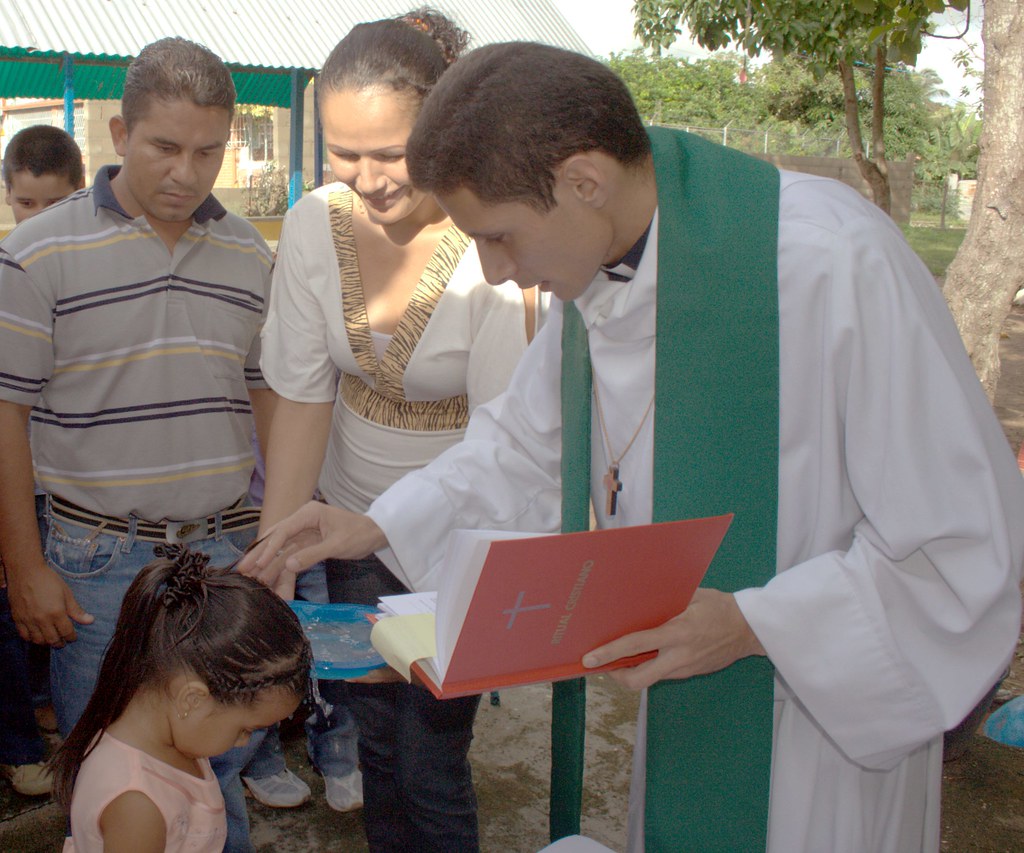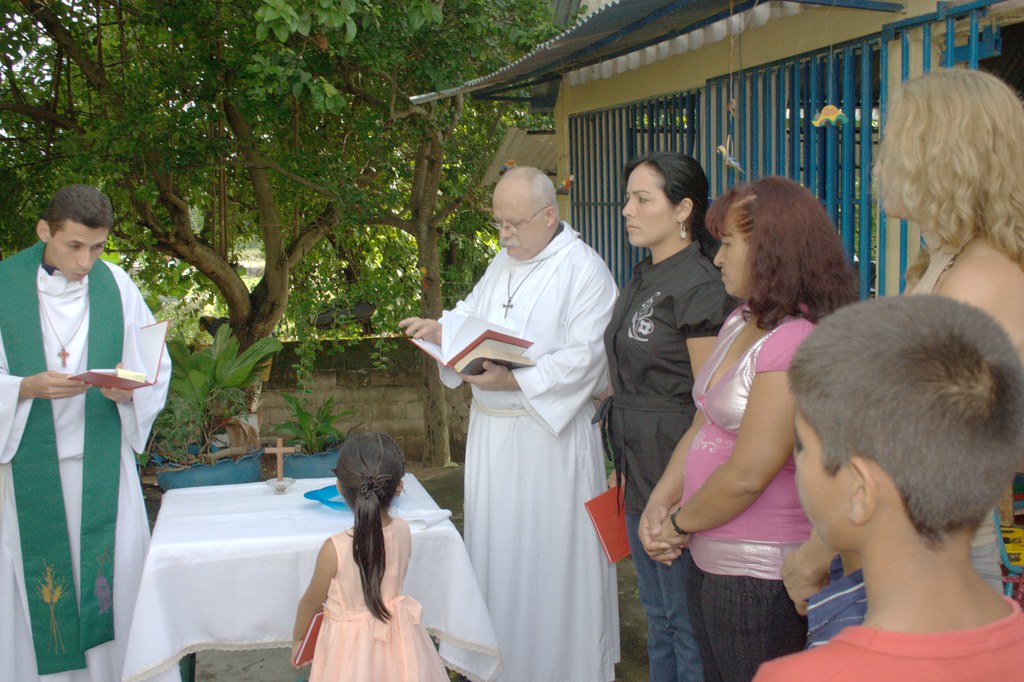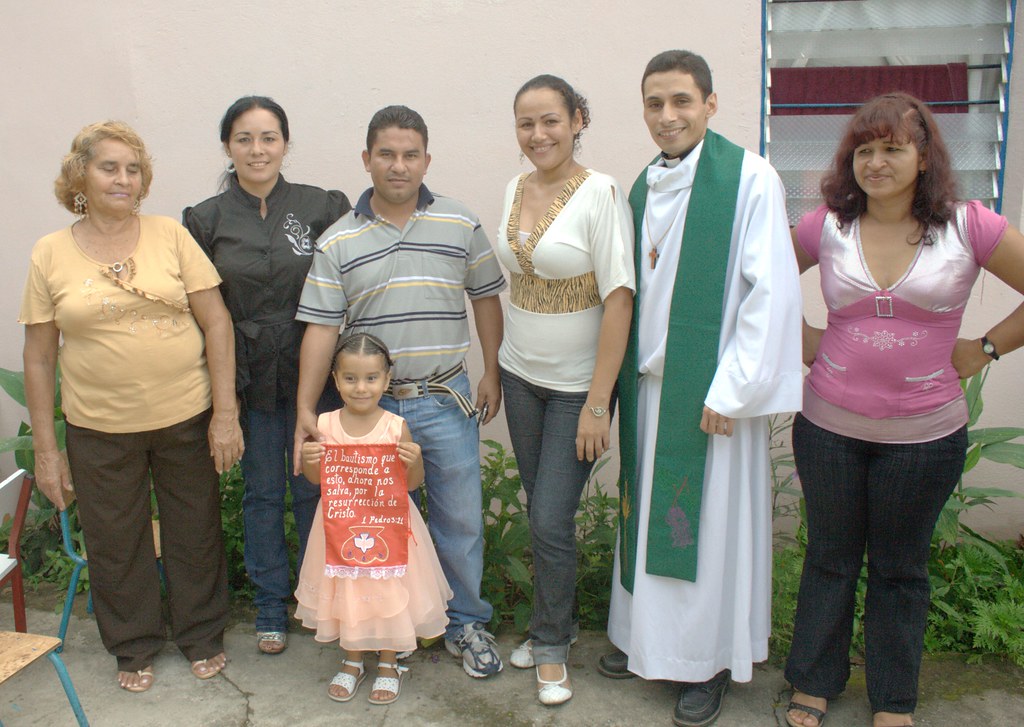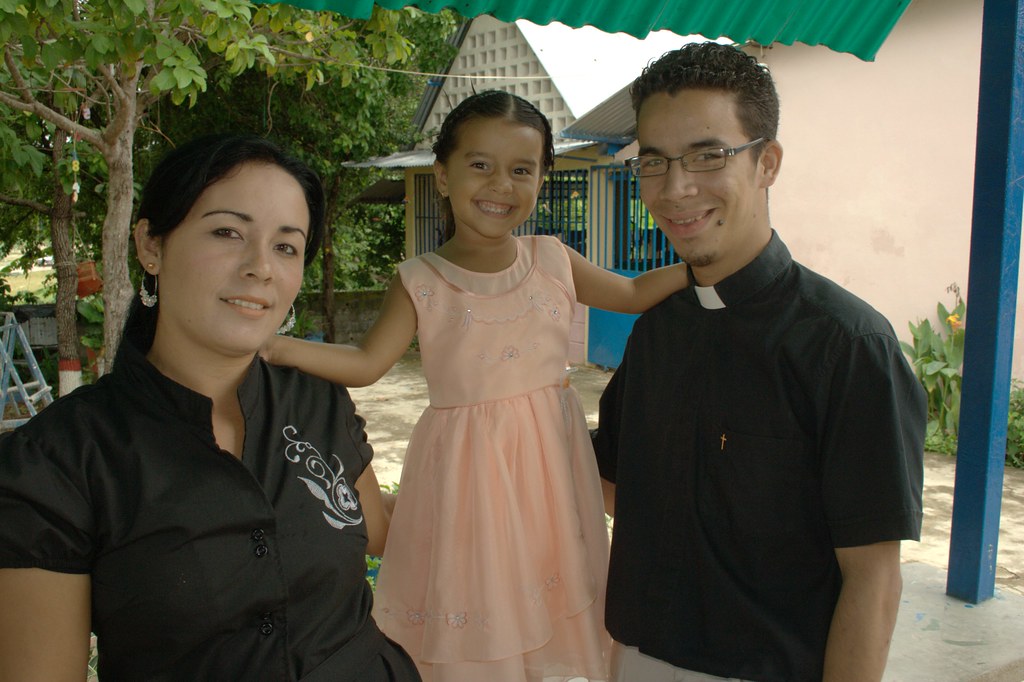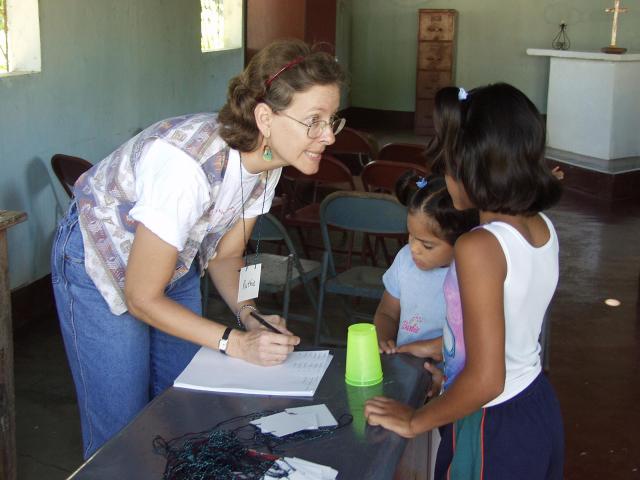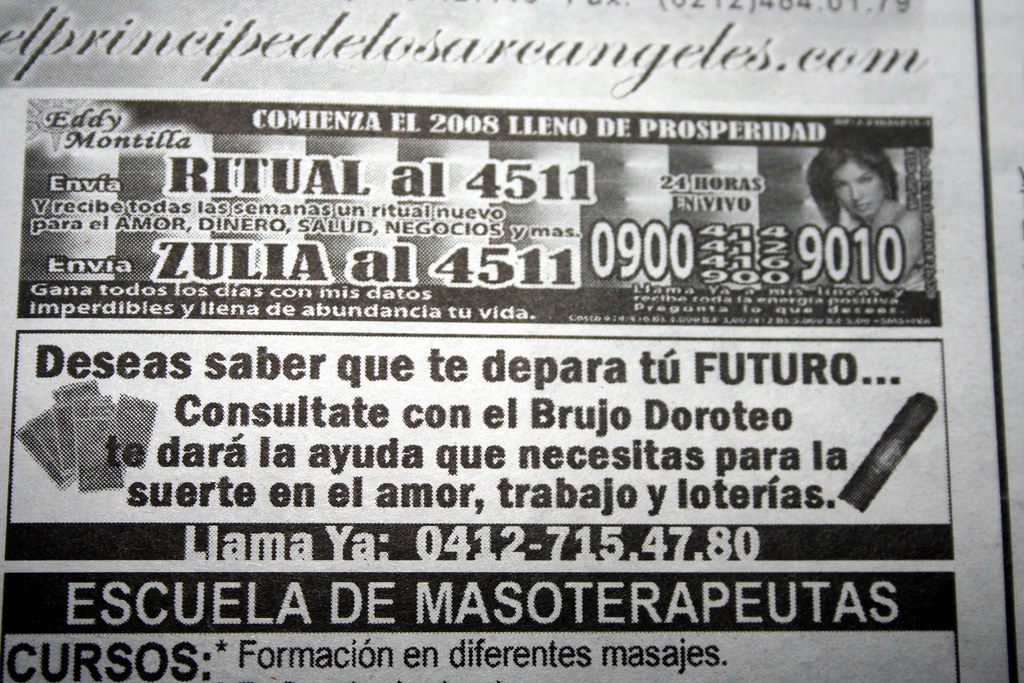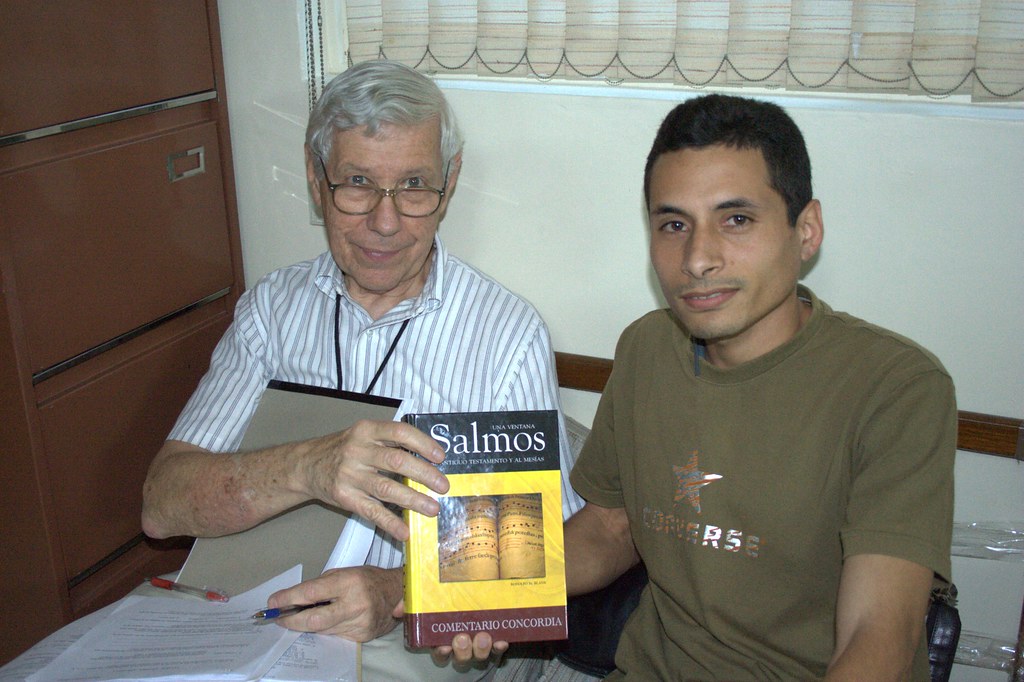On December 6, 2012, the United Nations Educational, Scientific and Cultural Organization (UNESCO) granted Intangible Cultural Heritage of Humanity status to Venezuela's “Diabolos Danzantes” (Dancing Devils), With this decision, the Dancing Devils take their place alongside such cultural manifestations as Spain’s flamenco dance, Turkey’s Mevlevi Sema ceremony, and, Mexico’s mariachi music.
For people who are not familiar with the custom, dancers wearing elaborate paper-maché devil masks accompany the traditional Corpus Christi day procession to the sound of heavy drumbeats. The dance stops in front of the doors of the local Roman Catholic church, where the dancers kneel to receive a blessing from the priest. This is supposed to symbolize the defeat of the evil spirits by the presence of Christ's body and blood. The Dancing Devils ritual is practiced in San Francisco de Yare and about 14 other towns and villages in the central states of Miranda, Guarico, Carabobo, Cojedes, Vargas and Aragua.
This is a prime example of the “folk Catholicism” found throughout Venezuela, practices not initiated by and usually not actively promoted by the Catholic hierarchy, but which have come to be at least tolerated by the Church as part of popular piety. The Dancing Devils are rooted in indigenous Latin American shamanism and African religious beliefs brought over by slaves of the Spanish. At first the Catholic Church tried to suppress the Dancing Devils rituals, but later incorporated them into the observance of the feast of Corpus Christi.
| Feast of Corpus Christi Procession, Piazza di San Marco (Photo credit: Wikipedia) |
The rationale behind the feast of Corpus Christi is this: According to the liturgical calendar of the ancient church, Maundy Thursday was the day to celebrate the institution of the sacrament of the Lord's Supper by Christ. However, this aspect of Maundy Thursday often was overshadowed by the great drama of Holy Week (His arrest in the Garden of Gethsemane, trial before the Sanhedrin, accusation before Pontius Pilate, examinationn by King Herod, torture and crucifixion, and resurrection on Easter Sunday). The feast of Corpus Christi was intended to reaffirm the importance of the sacrament and the real presence of Christ' s body and blood. The feast of Corpus Christi became quite an important event in the late Middle Ages and there are many traditions associated with it in many countries.
| A stained glass window, Confessio Augustana, a symbol of the faith of the Church Catholic epitomized in the Augsburg Confession. (Photo credit: Wikipedia) |
Lutherans, along with many Anglicans, reject the idea that the bread and wine are only symbols of the body and blood of Christ. However, Roman Catholics, along with the Greek Orthodox churches and some Anglicans, believe in transubstantiation. This means that the bread and wine are completely and permanently transformed into the body and blood of Christ when the priest speaks the words of consecration. The bread and wine actually vanish and what's left on the altar is the body and blood of Christ, even though it retains all the outward aspects (taste, smell, texture) of bread and wine. You might put the elements of the sacrament under an electron microscope where they would appear to have the molecular structure of bread and wine, but they really would be the body and blood of Christ.
The Lutheran view often is incorrectly described as “consubstantiation”, that is, the body and blood are somehow fused to, or merged with the bread and wine. The writings of some Lutherans of a more “high church” bent might suggest this, but mainstream Lutherans believe that the body and the blood, and the bread and the wine, are all present at the same time, without the body and blood ever ceasing to be completely the body and the blood, or the bread and the wine ceasing to be completely bread and wine. There is a lot more to the different doctrines of the sacrament, but suffice it to say that from a Lutheran perspective, adoration (worship) of the visible elements (bread and wine) is wrong. The feast of Corpus Christi is all about the adoration of the visible elements. A few Lutherans think that you can have something like a Corpus Christi procession without tempting people to worship the communion bread, but strictly confessional Lutherans do not. And I have not even touched on the wisdom incorporating into this ceremony music and dance so firmly associated with shamanism.
The UNESCO decision is ironic in light of the fact that is something of a “Ban Halloween” movement here in Venezuela. The argument is that Halloween is an “imported” North American holiday with pagan origins in the ancient Irish harvest festival of Samhain. The first point is fairly accurate, most of the customs that we associate with Halloween gained currency in the United States during the 19th and 20th centuries. Whether that means anything given the European and African background of the “authentically Venezuelan” Dancing Devils is another question. The second claim is a misconception that has become very widespread. In fact, the Christian observance of All Hallows Eve and All Saints Day (including the dates) developed far outside any Irish sphere of influence, and became universally practiced throughout eastern and western Christendom even before St. Patrick set foot in Ireland.
This illustrates that while as Christians we should be well-informed and constantly pray for discernment when evaluating whatever human traditions that we encounter. When I was preparing to leave the United States on my first mission trip, we were told that we must be able to distinguish between what is good and bad (with the Holy Scriptures as our rule) and what is simply different from what we are accustomed to. This is not always easy, especially because, as St. Paul teaches us in 1 Corinthians 8, certain things may not be forbidden to the Christian by God's express command, nevertheless within certain cultural contexts be so strongly associated with false beliefs and practices that is best for us to avoid them, lest we send the wrong message to others.
Like Venezuelans today, the early Christians of Corinth were surrounded by a highly syncretistic society. “Syncretism” means extractingcustoms, phrases and symbols from fundamentally irreconciliable belief-systems and claiming that you have reconstituted them into a harmonious whole. Not only is syncretism intellectually dishonest, but the Bible roundly condemns it, starting with the First Commandment (“Thou shalt have no other gods before Me”). The point of most of the ceremonial laws set forth in the books of Moses was to thoroughly distinguish the worship of the God of Israel from that of other gods.
The principle is affirmed many times throughout the Old Testament. “And Elijah came near to all the people and said, “How long will you go limping between two different opinions? If the LORD is God, follow him; but if Baal, then follow him.” And the people did not answer him a word.” 1 Kings 18:21.
By New Testament times, the Jews had, within their own cultural enclaves, largely abandoned gross idolatry. But the “Hellenized” Jews (who had been more or less assimilated into Greco-Roman society) and the gentiles from whom would grow the early Christian church, had to deal with a society awash in syncretism. They constantly were under pressure to conform to such a society's expectations. The Greeks and the Romans considered themselves quite broad-minded when it came to religion. They were eager to hedge their bets, cover all the bases. No sect or cult should be slighted, in case those devotees might actually have the ear of a powerful god or goddess.
St. Paul called attention to this when he visited Athens: “Men of Athens, I perceive that in every way you are very religious. For as I passed along and observed the objects of your worship, I found also an altar with this inscription, ‘To the unknown god.’ What therefore you worship as unknown, this I proclaim to you...” (Acts 17:22-23).
The city of Corinth, as St. Paul knew it, was considered “the Empire in miniature.” It was a thriving, multi-cultural center of trade, where every nationality under the power of Rome was represented. Corinth also was filled with pagan temples of every description.
One practice common to nearly all the pagan cults was animal sacrifice. However, when the flesh of these creatures was not consumed as a burnt offering, it remained fit for human consumptions. Usually the priest and priestesses of the temple would be given the choice of the finests cuts of meat. But there still would be a lot of meat left over, and much of it would be consumed as part of the religious celebrations in the dining halls that were attached to most of the temples. Still there would be meat unconsumed, so there usually was a meat market or butcher's shop located in the vicinity of every pagan shrine. Moreover, when not in use for specifically religious purposes, the dining halls would be rented out for public or private parties. The main course at these banquets, of course, would be the meat that had been sacrificed on pagan altars.
In other words, as a matter of everyday life in Corinth, it was difficult for Chritians to avoid eating meat that had been sacrificed to pagan gods. This was just one example of how pervasive paganism was in the culture in which they found themselves, indeed, the culture in which most of them had been raised. One the hand, the Christians wanted to be free of the spiritual bondage of paganism, yet they also believed they had a mission to proclaim the Gospel to their unbelieving neighbors. So what were they to do?
Some Corinthian Christians thought that, since they no lonber believed in the old gods, not only was eating meat purchased from a public market not a problem, attending a feast at the pagan temple wasn't, either. Even if a public banquest were to begin with the invocation of a god or goddess, but since the pagan deities didn't exist, so what? Paul's answer to these people is while, in an objective sense, pagans gods do not exist and are therefore powerless over the Christian, the invocation and worship of these gods does mean something to those nvolved. They are in spiritual bondage, for they have substituted the worship of created things for the worship of the true God. Those who engage in idolatry (worhip of false gods) show that they are enslaved to sin. Enslavement to sin means enslavement to Satan and his angels; therefore, pagan sacrifices are offerings to spirits in rebellion against God, that is to say, demons (1 Corinthians 10:20).
Verse 6 of 1 Corinthians 8 is most likely an early Christian creed or confession that was recited as part of Christiann worship:
There is one God, the Father, from whom are all things and for Whom we exist.
There is one Lord, Jesus Christ, through Whom are all things for for Whom we exist.
One cannot publicly confess this truth and yet even silently acknowledge the invocation of a pagan god, for to do so is to deny the liberty that we have gained through baptism into Christ. In chapter 10, Paul ties the issue of meat sacrificed to idols to the sacrament of the Lord's Supper by way of emphasizing that full communion in the life of the church is not open to those who participate in syncretistis worship: “The cup of blessing that we bless, is it not a participation in the blood of Christ? The bread that we break, is it not a participation in the body of Christ? Because there is one bread, we who are many are one body, for we all partake of the one bread....You cannot drink the cup of the Lord and the cup of demons. You cannot partake of the table of the Lord and the table of demons.” (1 Corinthians 10:16-21)
But beyond an absolute prohibition agains participation in pagan religious ceremonies, the Christian must connsider the context of a particular situation and whether a particular action clearly confesses faith in Christ alone, or whether it will mislead others into thinking faith in Christ is only one of number of equally valid “spiritual paths.” Eating meat is not wrong in itself, regardless of whether the meat originated in a pagan temple, but Paul says it would be better never to eat meat than to tempt “the weaker brother” into a relapse into paganism.
Finally, the Lutheran Reformers had ths to say in the Formula of Concord, published in 1577, in response to the Leipzig Interim and other attempts to force observance of the feast of Corpus Christi and other rites: “We believe, teach, and confess that in time of persecution, when a clear-cut confession of faith is demanded of us, we dare not yield to the enemies in such indifferent things,... In such a case it is no longer a question of indifferent things, but a matter which has to do with the truth of the Gospel, Christian liberty, and the sanctioning of public idolatry, as well as preventing offense to the weak in faith. In all these things we have no concessions to make, but we should witness an unequivocal confession and suffer in consequence what God sends us and what he lets the enemies inflict on us.” (Epitome of the Formula of Concord, Article X. Church Usages, paragraph 6.
God of grace and God of glory, grant us wisdom and courage for the living of these days. Amen.











![Reblog this post [with Zemanta]](http://img.zemanta.com/reblog_e.png?x-id=379547a4-58ff-41a1-a1a9-0d901d658238)
